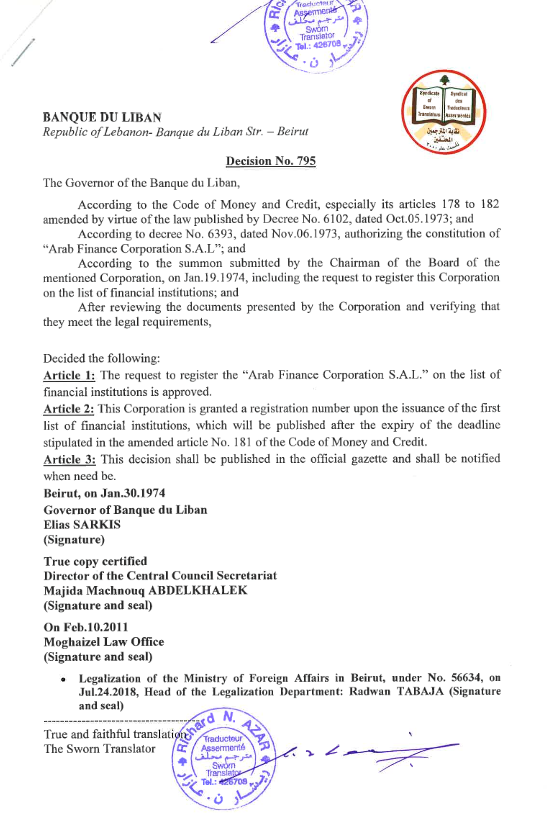How Economic Indicators Signal Market Shifts
Introduction
In today’s fast-paced financial environment, understanding how economic indicators predict market shifts can give traders and investors a critical edge. At Arab Finance Corporation (AFC), we believe informed decisions drive success, and monitoring these indicators is central to building strong trading strategies.
What Are Financial Market Indicators?
Economic indicators are data points that reflect the health of an economy. They act as signals, often preceding market movements before they fully materialize. These indicators include inflation rates, employment data, manufacturing activity, interest rates, and consumer spending. According to the International Monetary Fund (IMF), global GDP growth is projected to slow to 2.9% in 2025, a downward adjustment from earlier forecasts, primarily due to monetary tightening in major economies and geopolitical tensions. This global slowdown makes it even more critical for traders and investors to analyze economic indicators as early warning signals of potential market shifts.Top of Form

Different Types of Indicators Help Forecast Market Shifts
- Leading Indicators: Predict future market activity. Examples: New business startups, building permits, and stock market returns.
- Lagging Indicators: Confirm trends after they have begun. Examples: Unemployment rates, corporate earnings.
- Coincident Indicators: Move simultaneously with the economy. Example: Industrial production.
“Economic indicators act like a compass for traders. They won’t predict the exact moment of a shift, but they provide directional clarity,” explains Emile Mehanna, CEO of Arab Finance Corporation.
The Most Important Early Market Warnings
- Inflation Rates: Measured by indexes such as the Consumer Price Index (CPI), inflation indicates purchasing power. According to the U.S. Bureau of Labor Statistics, as of June 2025, U.S. CPI inflation stood at 3.2% year-over-year, suggesting persistent upward price pressures. Persistent inflation often leads central banks to increase interest rates, which can dampen stock market growth but bolster currency strength.
- Interest Rates: Central bank policies, particularly rate hikes or cuts, have immediate impacts on currency values and equity markets. As reported by the Financial Times, the European Central Bank’s latest 25-basis-point rate hike in Q2 2025 is expected to suppress borrowing, reducing investment and slowing market momentum in the Eurozone.
- Employment Data: Reports such as the U.S. Nonfarm Payroll (NFP) release and Eurozone employment reports directly affect currency markets and investor sentiment. A surge in employment often signals economic strength, while job losses can point to recessions.
- Manufacturing Activity: Measured by the Purchasing Managers’ Index (PMI), manufacturing health directly correlates with economic activity. According to S&P Global, global PMI dropped to 48.7 in May 2025, marking contraction territory and prompting concerns about a potential global slowdown.
- Consumer Confidence and Spending: Retail sales data and consumer confidence indexes reveal future spending patterns. A drop in consumer confidence often precedes declines in retail sales, signaling weaker future economic activity.

How Traders Interpret These Signals
Professional traders use these indicators not in isolation, but in combination to anticipate shifts. For instance:
- Rising inflation coupled with low unemployment may signal impending interest rate hikes.
- A sharp drop in PMI alongside declining consumer spending could signal an economic downturn before it’s officially declared.
Early recognition of these patterns can help traders pre-position themselves. For example, increasing PMI numbers might encourage forex traders to favor a country’s currency, anticipating economic growth and foreign investment inflows.
Using Global Markets Indicators in Practice: AFC’s Insights
At AFC, traders are advised to monitor macroeconomic calendars. Emile Mehanna emphasizes, “The true value lies in pattern recognition over time, rather than reacting to single data points. Trading is as much about patience as it is about precision.”
AFC experts recommend combining technical analysis with macroeconomic readings to refine timing. For instance, a bullish Moving Average Convergence Divergence (MACD) signal alongside rising consumer spending could strengthen the case for a long position in equities.
Recent Data Trends: What They Suggest
- The World Bank’s June 2025 Global Economic Prospects report warns that global trade growth is projected to slow to 1.7% this year, the weakest rate since 2009, excluding pandemic years.
- U.S. Federal Reserve minutes (July 2025) highlight ongoing inflation concerns, suggesting further rate hikes may still be considered.
- Global unemployment rates, averaging 5.5% (International Labour Organization), remain below crisis levels but show signs of upward pressure in certain regions, such as Latin America and Eastern Europe.
These figures collectively suggest caution, with markets potentially facing slower growth and rising volatility in the coming months.
Conclusion: Using Data to Anticipate, Not React
Economic indicators are not crystal balls, but they are powerful directional signals. Traders and investors who understand how to interpret these indicators as early warnings can better position themselves for opportunities and mitigate risks. This proactive approach lies at the heart of AFC’s trading advisory philosophy.
Discover How We Can Help You Grow
Established in 1974, Arab Finance Corporation (AFC) is the first financial institution registered in Lebanon. We hold the number one on Banque du Liban’s list of financial institutions. For half a century now, we have been offering a wide range of financial services to private and institutional clients in Lebanon, the region, and worldwide. Our services range from access to financial markets, corporate finance advisory, asset management, to online trading services.


